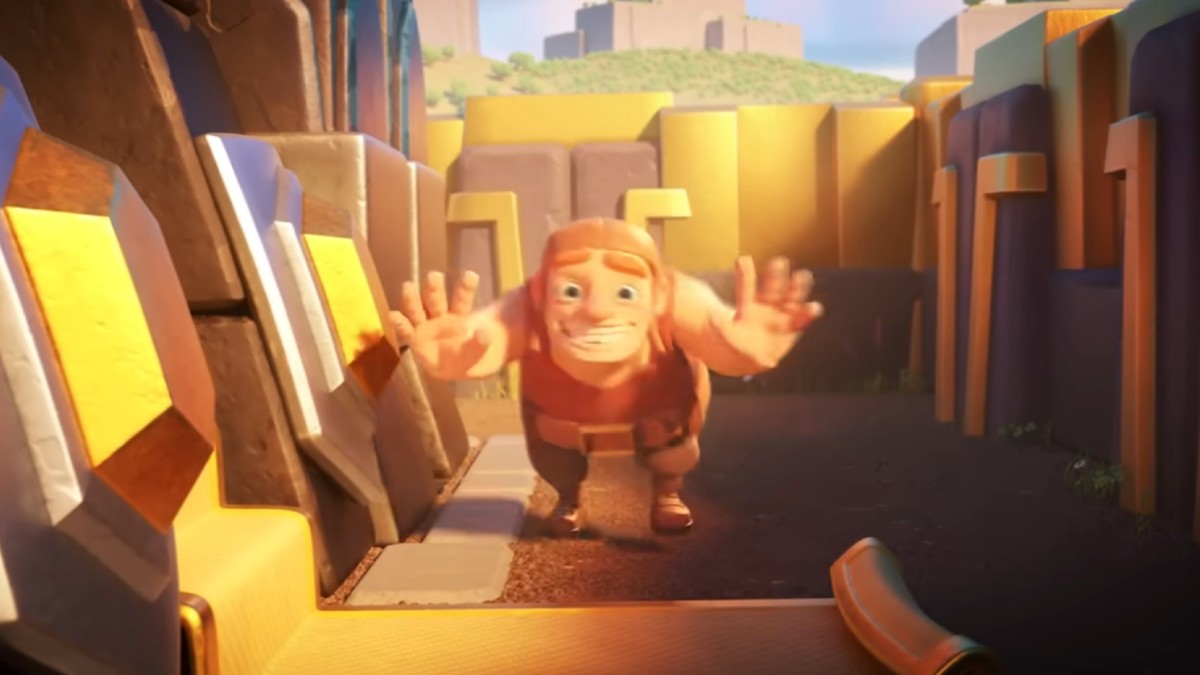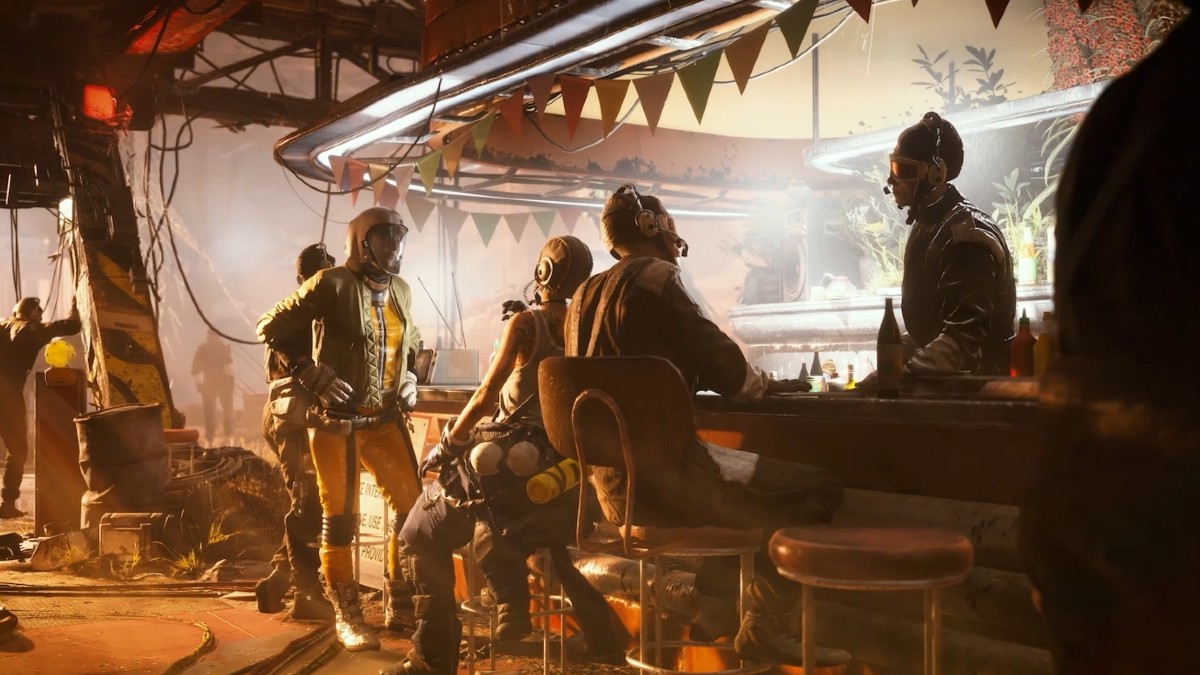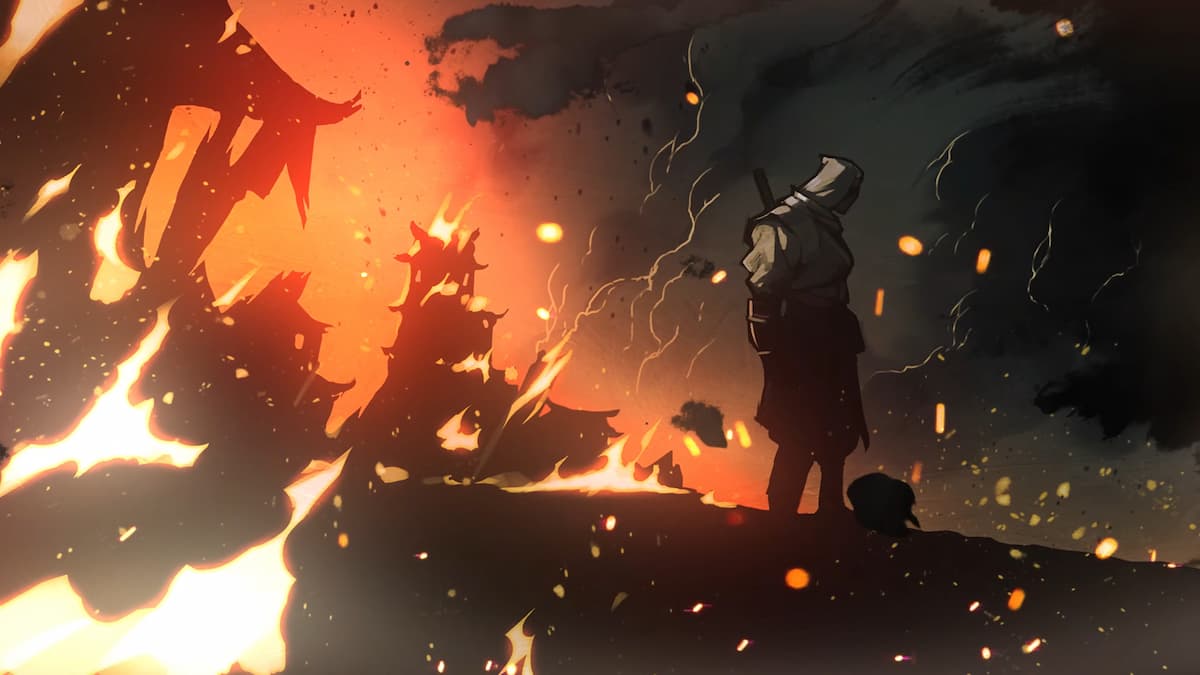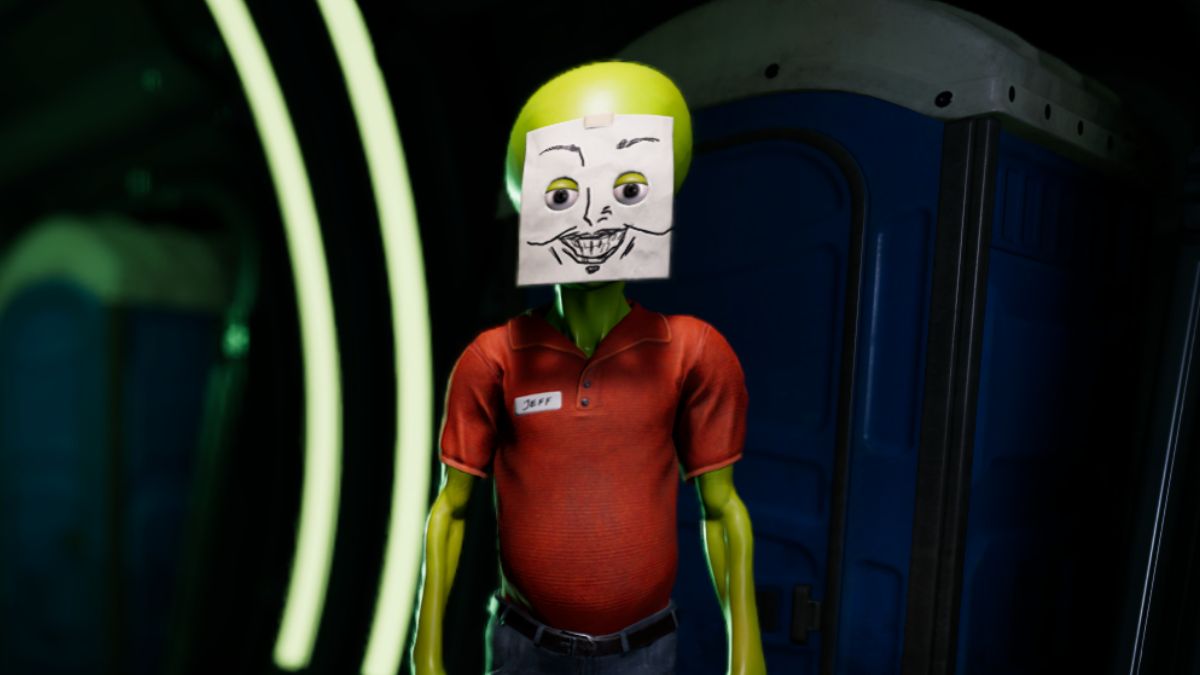At last: an answer to the ancient question of how videogame heroes manage to lug around enough military hardware to turn Stevenage into a smoking hole in the ground without wheezing and having a sit down every ten minutes. This future-soldiers in the new Ghost Recon stride around the world’s battlefields wearing exo-skeletons, which enable them to keep running, jumping and pistol-whipping even when burdened with transforming machine guns, shoulder-mounted rocket-launchers and invisibility-generating projectors.
Clearly, Ghost Recon isn’t a thinly veiled Iraq war analogy anymore. With Future Soldier, Ubisoft Paris has caught the bus half-way to Terminatorland. Want to come along too?
The plot concerns, as the Invisible Rules state all shooter plots now must, Russian ultra-nationalists attempting to seize control of their country and those around it. Shooting Russians is fine so long as they’re ultra-nationalists, according to the Invisible Rules.
For the most part, you play the leader of the Ghosts, a commando squad sent to upset the ultra-nationalists’ invadey plans. He’s called Captain Edward Kachenko (nickname: Kozak), and he’s an American soldier with Russian roots, so he has some personal investment in the brutal coup d’etat.
You will, however, spend some time seeing the game through the eyes of incidental characters, such as a non-ultra-nationalist Russian engineer defending his invaded land against neo-terrorists with mere buckshot, and the bodyguard of the soon-to-be-overthrown Russian president. This is, of course, nothing at all like Modern Warfare’s switching perspectives and set-piece scenes of terrorism aftermath.
Where GRFS isn’t bowing unthinkingly to the much-visited altar of near-future military shooters is with its squad setup. It’s moved away significantly from the hyper-tactical approach of GR: Advanced Warfighter 1 & 2, but it’s still about a gang of guys with complementary abilities.
They will have distinct personalities this time around – “We think you’ll like these guys,” claims senior game writer Gabriella Shrager. Bloodthirsty 30K, brattish lady-brute Bones and silent hunter Pepper will be Kozak’s key chums for 14 missions, spanning 12-14 hours, and will be playable co-operatively. In fact, co-operation is sewn into GRFS’ very fabric. But first, let’s look at the different classes you can play as in any of the game’s modes.
The idea is that everyone’s an equally capable soldier in all fields, with their battlefield abilities defined solely by their gear load-out. The Engineer’s main toy is his personal EMP burst, able to blackout any technology in the area. It’s tech that does exist, with Ubisoft claiming it’s recently been tested on Israeli tanks – what they’ve done here is to miniaturise it into portable form.
He’ll be backing up the main fighting class, the Commando. This frontline soldier carries around a moldular rifle, whose jigsaw structure can be arranged to transform it between rifle, shotgun, grenade launcher and door-breaching modes. And more still, no doubt, as Ubisoft’s Persistent Elite Creation unlock/experience/ranking system introduced in Splinter Cell: Conviction returns here. The fact it isn’t called Tom Clancy’s Persistent Elite Creation system suggests it’s due to appear in many more games to come.
The Commando also totes the weapon that had viewers of the recent live-action teaser trailer quivering with gun-nerd joy: the Back Mortar, a micro-projectile missile launcher sported on the shoulders thanks to the muscle power added by the aforementioned exoskeleton. One idea presented a few times during the game presentation concerns 2030’s soldier being an F16 fighter jet on legs, and it’s the apocalyptic multi-kills of the Back Mortar that provide the strongest evidence for this.
The Sniper isn’t anywhere near so much of a killing machine – instead functioning primarily as a spotter, thanks to his heartbeat sensor. This uber-tracker can locate enemies in the far distance, in hiding, through multiple walls, then share it with his team’s CrossCom heads-up display. With a sniper in your gang, it’s unlikely that anyone will get the jump on you.
The fourth class is weirder. It’s an all-terrain robotic drone known as Dog – a nod to the mobile ammo dump/cover drone from the GRAWs, but now an active part of the fight. It’s not simply an overweight remote control car anymore, but a machinegun-toting AI tank with its own set of controls and able to soak up a ton of damage before going explodey-bye-bye. It’s expensive, but it’s infinitely more replaceable than a human life with decades of military training. If things get too hot, Dog’s your fall guy.
All these omni-death abilities mean Ghost Recon is no longer a game of skulking behind rocks, picking people off from great distances. Combat is much more close quarters, enemies far more plentiful and the cover system is far more like the one in Gears of War. While the use of gadgetry and teamwork means it’s not a straightforward corridor-pounder, it’s definitely much more of an action shooter than a tactical shooter.
Certain corners of the internet will be upset, and likely to use a certain phrase beginning with ‘d’ and ending with ‘umbed-down’. True, accessibility in the name of larger audiences seems to underpin Future Soldier, but there’s a good chance that’ll make for a more enjoyable, bombastic game too.
Especially in multiplayer, where Ubi is trying something new to lure in players who traditionally fear being repeatedly shot in the back of the head and staring at respawn screens for hours. The Link-Up system is intended to evoke two highly-trained soldiers navigating through a war-torn environment back-to-back, ensuring 360 degree coverage of the battlefield. Select a team mate, hit a button and you’ll be paired with him – wherever he goes, you go, with your brain left free to worry about finding guys to shoot rather than deal with navigation et al.
In other words, if you’re a multiplayer greenhorn, this is your way in. It’s a little like sharing a tank in something like Battlefield – one guy’s driving, the other’s manning the rocket launcher. “It saves you ten years of training in first person shooters,” claims creative director Olivier Dauba.
Link-Up is worth it for more veteran guys too, as being paired with anyone grants a mega-buff and additional abilities – such as the Engineer’s EMP shield and the Commando’s fatter firepower. More power equals more points, and that’s what even the most selfish player craves above all.
Does this, then, spell the end of lone wolves, the problem that dogs the likes of Battlefield and MAG? Link-Up is certainly going to shake-up GRFS’s 8v8 multiplayer as well as its coop. Dauba calls it “a revolution”, though we won’t know until we’ve tried the thing ourselves whether that’s anything more than standard press-release newspeak.
This latest instalment in the Ghost Recon series may be faster and flashier than its measured, belly-crawling predecessors, but its military hardware is so new and so different that there’s no way a whole new clutch and concept of tactics won’t spin out of it. Whether Future Soldier is armchair soldiers’ future remains to be seen, but its wonderful toys definitely demand to be played with.












Published: Apr 11, 2010 11:00 pm